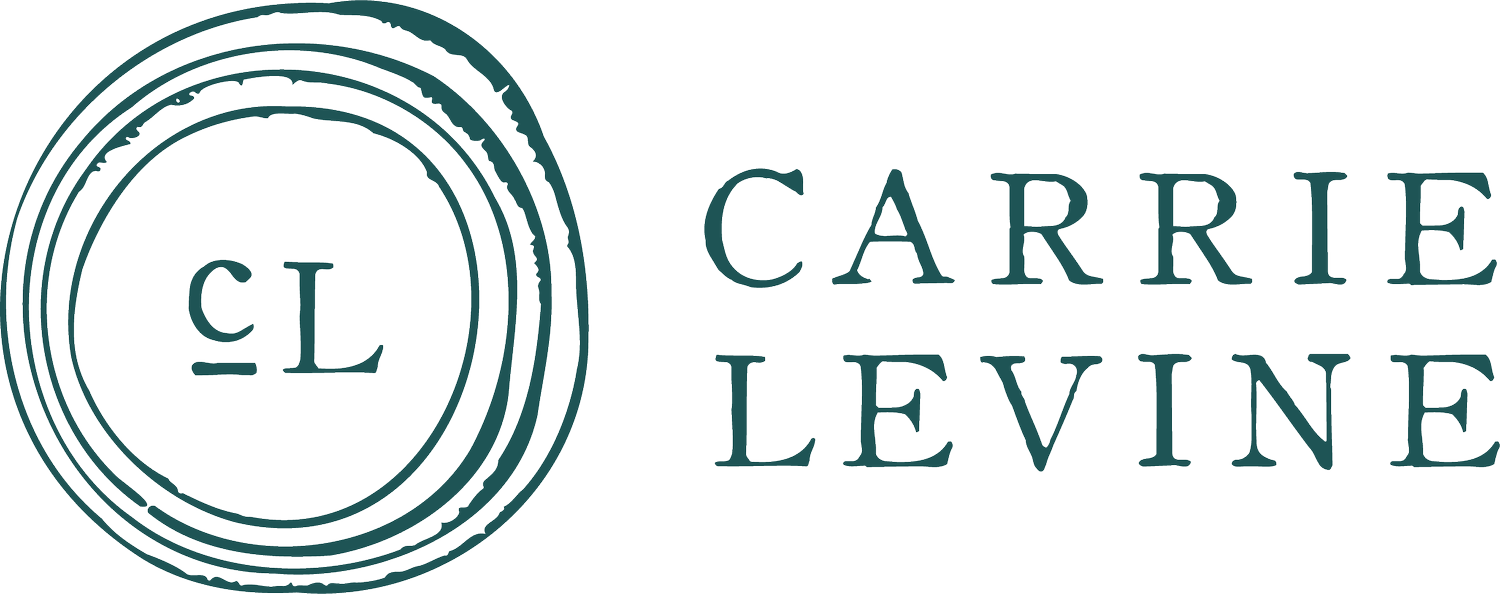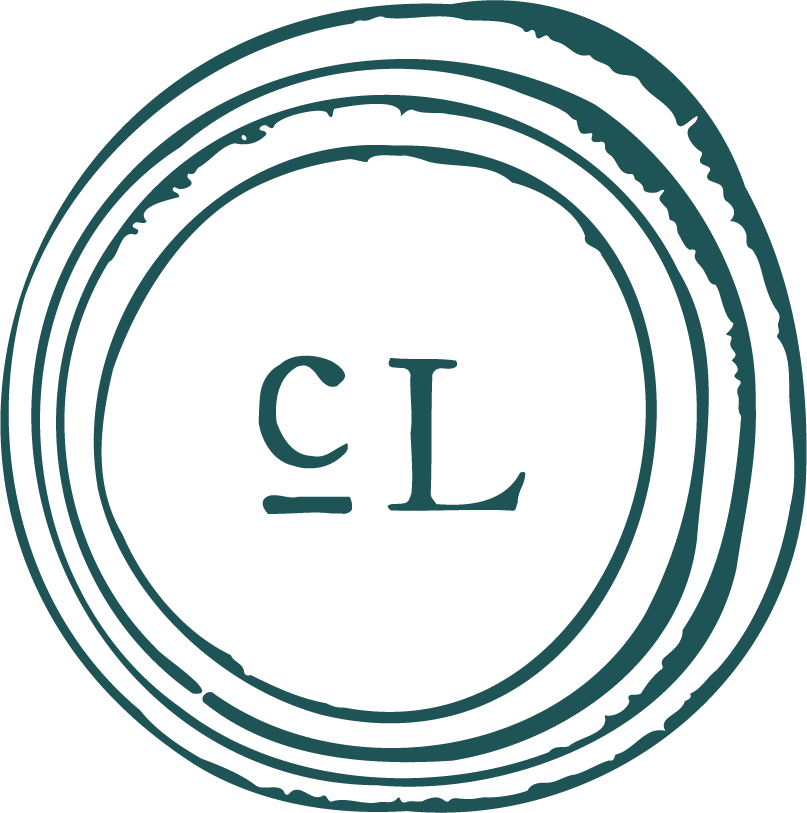Osteoporosis: An Integrative Approach to Strong Bones
Osteoporosis—the condition that makes bones brittle and fragile—is often seen as an inevitable part of aging. But what if you could change that narrative? When I talk to women in the clinic about an osteoporosis diagnosis, I first try to contextualize it. It might surprise you to know that the World Health Organization's diagnostic criteria are based on women who are 5'5" and 150 pounds. This means that if a woman is petite, she is predisposed in some ways to a diagnosis.
As a midwife and functional medicine practitioner, I know that this condition rarely announces itself. Many women only learn their bones are thinner after a break, but the part we can change is the moment a fracture usually happens—a fall. What's more, from a functional medicine perspective, osteoporosis is largely considered a gut issue, as whatever nutrients we don't get from our food, our body will take from our bones, using calcium as the transport molecule.
This October 20th, on Osteoporosis Awareness Day, my focus is simple: get stronger, get steadier, and make your spaces safer. Strength protects bone, balance prevents falls, and a few simple home tweaks can guard the rest. It’s a systemic issue tied to your hormones, gut, and lifestyle, and a whole-person approach can help you build strong, resilient bones at every stage of life.
I wish every woman knew that preventing fractures is less about managing a condition and more about building a resilient body and a safe environment. The good news is you can start today. This week, start by eating more dark, leafy green vegetables.
My Philosophy for Bone Safety
To put it simply: strengthen your muscles to protect your bones and help with balance. Your muscles are your armor and your bones' best friend. By focusing on your muscular strength, you create a foundation for a body that is both strong and steady.
3 Key Habits for Bone Health
Bone is a living tissue that responds to the signals we give it. Here are three habits that matter most for building strength and reducing your fracture risk.
Strength train twice weekly. Putting a healthy load on your bones is one of the best ways to signal to your body to build new bone tissue.
Eat dark leafy green vegetables. While everyone talks about dairy, greens are actually the best source of calcium. But remember, calcium is not the whole story.
Avoid processed foods and alcohol. These can negatively impact bone density and overall health.
A Simple 10-Minute Routine
You don't need a gym membership to start. This routine can be done anywhere and is designed to build muscle and improve balance.
Single-Leg Balance: Hold on to a chair or countertop for support and lift one leg. Hold for 30 seconds before switching sides.
Chair Sit-to-Stand: Sit in a chair with good posture. Without using your hands, stand up and then sit back down slowly. Repeat 10 times.
Band Row/Pull-Apart: Using a resistance band, squeeze your shoulder blades together as you pull the band apart. This strengthens your back and shoulders.
Heel Raises: Stand near a wall for balance. Slowly lift your heels off the ground, standing on your tiptoes, and then lower back down. This builds calf strength.
Bird-Dog: On your hands and knees, slowly extend one arm and the opposite leg. Hold for a few seconds, keeping your core engaged, and then switch sides.
If you're new to strength training, it's always a good idea to check with a clinician or physical therapist to ensure your form is correct and prevent injury.
Adding Light Impact
Movement is a progression best done with the help of an expert. When you're ready to add some light impact, two safe first steps are:
Marching in place
Gentle heel drops
Aim for two strength training sessions and two yoga sessions for balance each week.
A Look at Nutrition
When we think of bone health, we often just think of calcium. But calcium can’t do its job alone. Eat a modified Mediterranean diet focusing on lean protein, a rainbow of vegetables, and nuts and seeds. And get 20 minutes of early morning sunshine every day for essential vitamin D.
Safety in Your Home
A safe environment is just as important as a strong body. Here are five easy home safety fixes:
Eliminate or reduce area rugs.
Ensure adequate railings on porches and stairs.
Install grab bars near toilets and in showers.
Wear tied sneakers or other non-slip, secure footwear.
Install strong lighting on and near stairs.
Your Action Plan
Start strengthening your bones now! Do the 10-minute routine for 14 days and notice how you feel. Pay attention to how your balance improves and how much stronger you feel.
If you fall and have pain that doesn't improve, call your clinician right away.
Taking proactive steps for bone health is an act of self-care and an investment in your future. It's about empowering yourself with knowledge and building resilience, not just against falls, but for a vibrant, independent life. Your body is incredibly adaptable, and with consistent, intentional effort, you can support your bones and create a foundation of strength that serves you for years to come.


